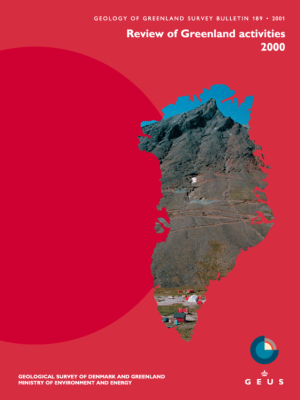Determining the date of ice-melt for low Arctic lakes along Søndre Strømfjord, southern West Greenland
DOI:
https://doi.org/10.34194/ggub.v189.5156Abstract
The length of ice cover has considerable influence on the functioning of lake ecosystems, particularly so in continental and high-latitude regions where lakes freeze annually. Long-term trends in the length of ice cover and the date of ice break-up can be related to regional weather patterns, such as the North Atlantic Oscillation. It is this relationship to weather patterns that has generated considerable interest in the use of long-term icerecords as climate proxies. Although it is reasonable to assume a relationship between the length of the icefree period and lake productivity, it is unclear if this relationship influences the sedimentary record. Whether these ice-climate interactions can be identified in the sediment record is important for distinguishing long-term palaeoclimatic trends from variations in the sediment record (Anderson et al. 2000).
Downloads
Published
Issue
Section
License
This article is distributed under a CC-BY 4.0 licence, permitting free redistribution and reproduction for any purpose, even commercial, provided proper citation of the original work. Author(s) retain copyright over the article contents.


